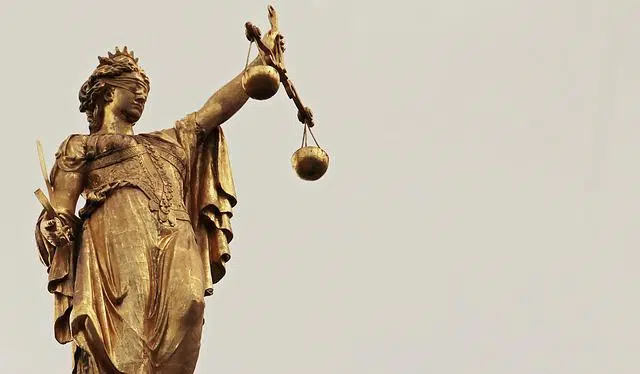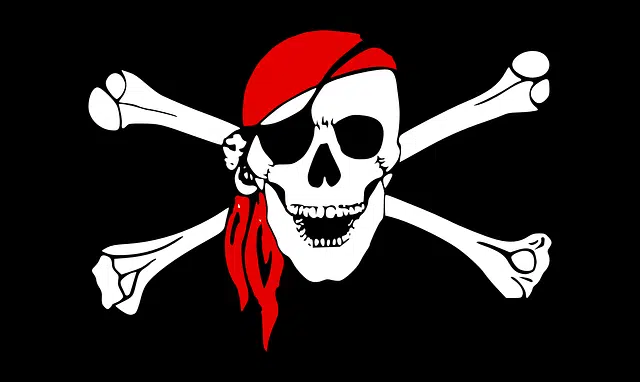
An allegory is something that allows us to symbolize an abstract idea.
The concept of allegory derives from the Latin allegoria and this, in turn, from a word of Greek origin. The notion allows mention of that fiction in which an idea, phrase, expression or sentence has a meaning different from that which is stated . Likewise, those literary materials or artistic creations that have an allegorical character are known as allegories.
An allegory can be understood, in this sense, as an artistic theme or a literary figure used to symbolize an abstract idea using resources that allow it to be represented , whether by appealing to individuals, animals or objects. To cite an example: the image of a skull with two crossed bones constitutes an allegory of piracy. On the other hand, a blind woman with a scale represents justice .
It should be noted that allegories are not limited to being solitary literary figures. Many times, they are part of a larger rhetorical procedure, with a structure of metaphorical images that can give rise to complete works. Thus, allegory makes possible the transmission of knowledge through reasoning by analogy .
Allegories in poetry and fine arts
In poetry , this resource has been widely used and in some cases covers the entire work. The use of various metaphorical images, connected in an organic and subtle way, can result in the representation of a complex idea or a real-life experience, prompting reasoning through analogies .
In the field of fine arts, an allegory is a representation of abstract thoughts using individual figures, groups of figures, or attributes . Hieronymus Bosch and Botticelli , for example, are two artists who have created allegories of great public recognition.
There are also allegorical sculptures, which symbolize and mainly personify abstract ideas, through the use of human figures and their posture, their gestures and their clothing to express social values and other concepts without the need for the use of words. This type of art can be found in works dating back to the 16th century. Images such as fame, victory, hope and time, as well as Christian virtues, have been represented in this way.

A skull and crossbones is an allegory of piracy.
Carnival and parade cars
On the other hand, floats are a fundamental element of carnivals and parades. Basically, these are vehicles whose designs represent the various ideas, customs, values of the event and its participants. Variable numbers of people travel on them, generally wearing costumes according to the theme , giving life to historical or mythological characters, or reflecting countless figures and concepts.
The construction of these cars requires a lot of creativity and teamwork. Generally, in the case of events that repeat every year, people begin the design of the next parade as soon as the previous one is finished. It is twelve months of searching for ideas, colors, motifs, as well as materials and methods to achieve the necessary solidity; Certain routes are very long and it is important that the car remains intact from start to finish. In addition, it must have one or more easily accessible entrances, since paraders do not always remain on the vehicle throughout the entire path.
Broad allegories
A broad allegory is one that understands life under the forms of a chess board . The black squares symbolize the night, while the white squares represent the day. People, for their part, are just pieces with limited movements. This allegory offers a vision of the hierarchical situations that exist in society .
Another, also known, compares the lives of human beings to rivers, trying to suggest that, although they all have different courses and flows, they end in the same place: the sea, which symbolizes death.
